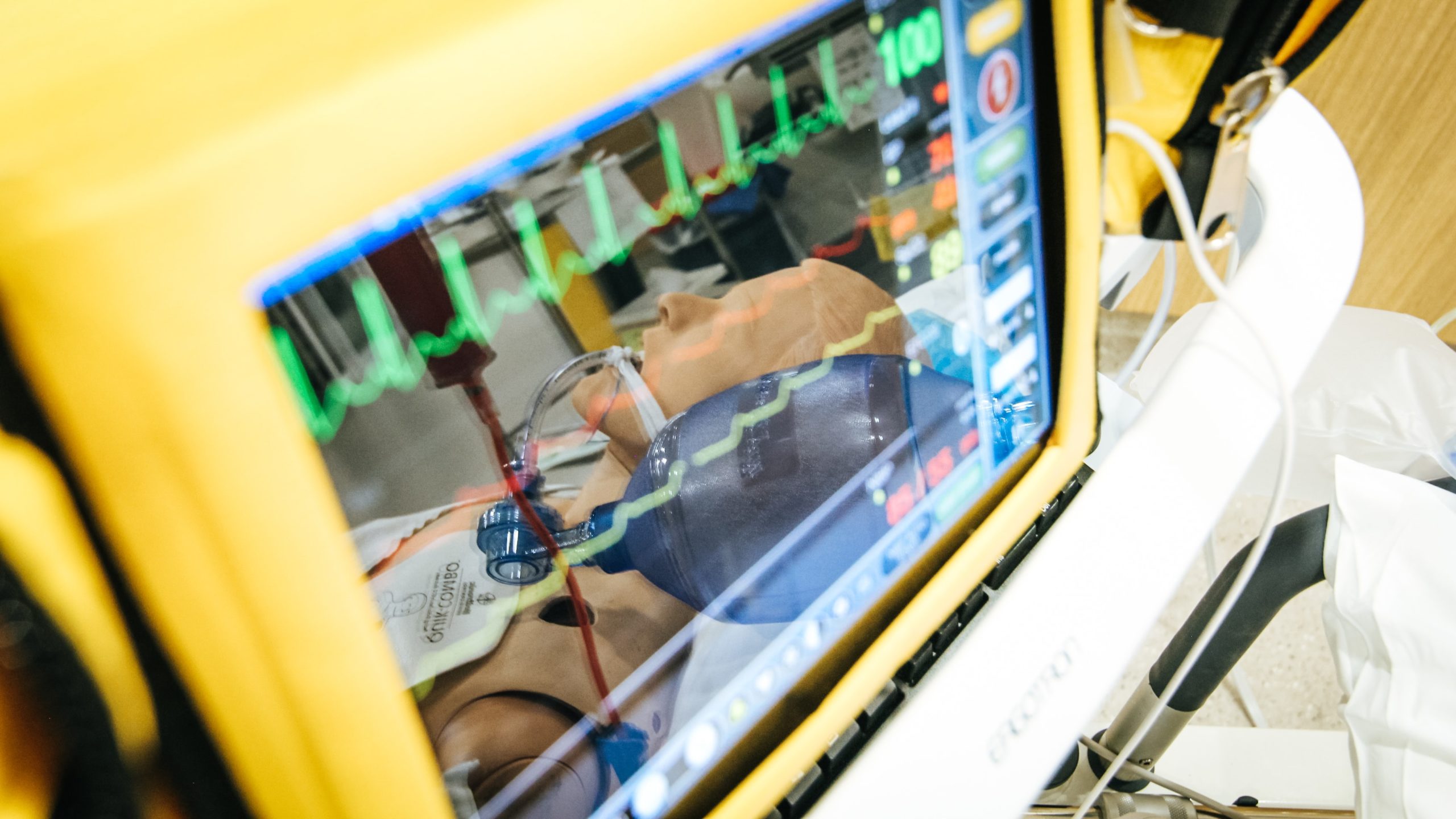A brief introduction to the critical signals beyond what you can see

Most anaesthetists probably remember the first time they heard the ‘death spiral’. This is a colloquial term used for the lowering pitch of the pulse oximeter tone as the oxygen levels fall. Once learnt, it becomes an unforgettable and daily part of your anaesthesia practice.
I was thinking about all the non visual cues that I’ve learnt over the years and realised that many of these are not obvious and often take time to learn.
If you only rely on what you see, you may miss a great deal of what is happening and react slowly to an unfolding crisis. After all, your eyes can only focus on a small area at any one time, whereas your ears are able to take in all the sounds in your vicinity. With time, you’ll find that you can rapidly react to an unfolding issue even before you see it.
Here are a few of the non visual cues that are of critical importance.
The surgeon

Each surgeon has a certain style, whether it’s surgical technique, manner, speech etc. One thing that becomes very obvious is the change in voice when something is not going well.
They may talk louder, faster, more abruptly, with more profanity or even become deathly quiet. These are cues that you need to pay closer attention to the patient, surgeon and your monitor and perhaps ask directly if everything is okay.
The suction
This little device sounds like a constant hum in the background during surgery. As it is used for suction of fluids (i.e. blood) it is critically important that you pay close attention to this sound. It signal the start of catastrophic blood loss and the need for rapid replacement of blood products and cardiovascular support.
During caesarean section, the loud suctioning of amniotic fluid signals surgical entry into the uterus and is an indicator that the baby is being delivered. At this point you need to consider uterotonic administration (oxytocin).
The pulse oximeter or ‘sats probe’

This amazing device conveys much valuable information. Each sensed pulse produces an audible tone. This tone changes in pitch if the oxygen saturation changes. For example, if the oxygen levels fall from 99% to 90%, the tone will drop in pitch as the saturations fall. This is an incredibly useful signal to notify the anaesthetist that the oxygen levels are falling even when they are performing another task.
The pulse oximeter tone also gives an indication of heart rate (as does the ECG and arterial line).
Your ability to rapidly detect a sudden bradycardia could mean the difference between treating a heart rate of 20 or asystole.
Likewise imagine a sudden rise in heart rate. The patient may be too ‘light’ or require analgesia. The difference in detecting this quickly may mean preventing awareness or the patient moving suddenly.
Monitor alarms
This is the most obvious non visual cue. I won’t say too much except that there is an incredible amount of research that has gone into ensuring how alarms are programmed. They are of a certain pitch, volume and frequency to ensure they are the optimal balance of a few things. They must notify the clinician, but not contribute to excess noise pollution or lead to habituation.
It is vital that as a anaesthetist you are comfortable setting the thresholds for your alarms that are appropriate to each patient. For example, if the default blood pressure alarm activates at 80mmHg, this could be unsafe for a hypertensive patient with severe aortic stenosis who needs a higher coronary perfusion pressure. Reprogram each alarm that is crucial for your particular patient.
If there are any other nom visual cues that you find useful, please post or comment below!